THE PLANTING YEAR AND HOW TO START IT
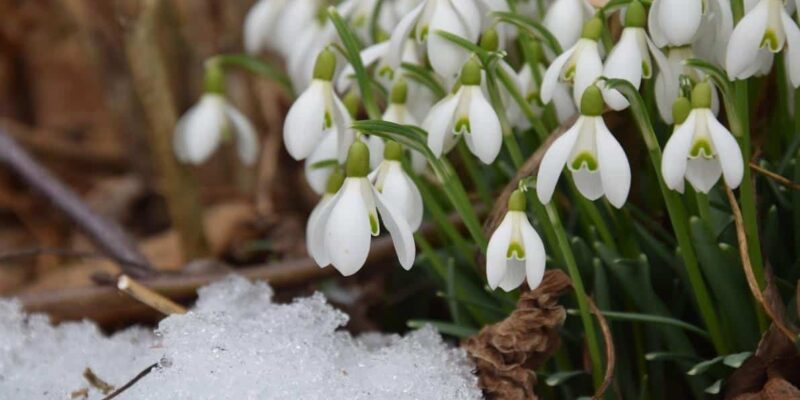
It’s February. It’s cold outside and it’s probably rainy or snowy. The conditions are not the best for gardening and many gardeners feel frustrated about not being able to get out and tend their gardens. However, February is a good time of year to think about what you would like to do in the garden and to plan for it. And, if we do get a few days of good weather, there are still some things you can do outside to prepare for the coming year.
Planning
This is a good time to think about planning your garden for the year ahead and to take stock of what went wrong and what went right last year. If you’re really efficient, you will have taken photographs of any plants that are in the wrong place or need dividing because they are too big and also of any gaps in your planting that you could fill. This is the time when spring bulbs are starting to flower, so it’s a good idea to take photos of them before they die back so that, again, you can make note of any bare spaces where you could plant more bulbs in the Autumn.
If there were any failures among your plants last year, perhaps you could think about what went wrong: were they planted in the wrong kind of soil? Perhaps the climate’s not right for them. Did they have too much water or too little? In February there should be time to research things like this and take them into account in your planning for the future.
Whichever way you tackle your garden planning, it’s a good idea to keep a record of what you plant and where, as it’s so easy to forget where things are once they have died down in the winter. The tendency is to look at the gaps and think that you need to fill them, whereas there may already be something growing there already that will be in the way of your new plants. You can, of course, insert labels into the ground as markers, but a sea of white plastic labels isn’t all that attractive and, what’s more, the writing on them often wears off so you can’t tell what’s been planted anyway.
Successes should, of course, be noted, too!
This is where the Gardenize app is useful. Upload your photos and any notes that you take during the year to the app. And read the blog “Start the Growing Season with Gardenize”!
Redesigning
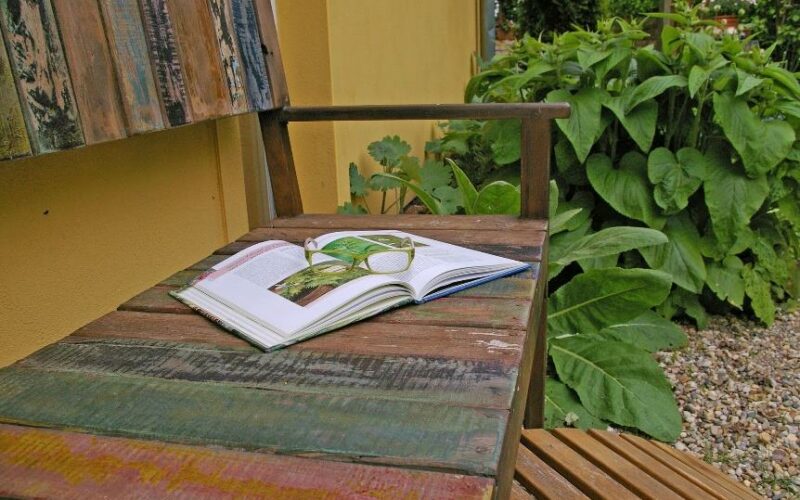
If you are designing your garden from scratch or even replanning an existing area, there are plenty of books on garden planning and websites such as Gardena and Shoot Gardening and Growveg.com if you have a vegetable patch or allotment. Some people are good at drawing up plans with planting schemes. I’m afraid I don’t have the kind of mind that can visualise a three-dimensional garden and transfer it to a piece of paper. I’ll leave that to the professional garden designers. I prefer to walk round the garden, look at it from all angles and, if necessary, mark out borders with lengths of hosepipe or use different sized canes to give an idea of the height of different plants. I think I agree with Anna Pavord, when she writes in her book “The Gardening Companion”
“{another] difficulty with paper is that it cannot contain the information you need to make the right decisions and which you get as you prowl over your patch. You take in the slight rises and falls in the ground and the consequences that these will have on your design. You are aware of things beyond your boundary that you would rather not see and can work out more easily how this can be done.
Above all, working on the ground, it is easier to develop a sense of proportion and understand that a space where nothing is happening, a void, may be as important as anything else. A planned void is a very different thing to a void by default” Anna Pavord “Gardening Companion”, Chatto & Windus 1992
Ordering bulbs, plants and seeds
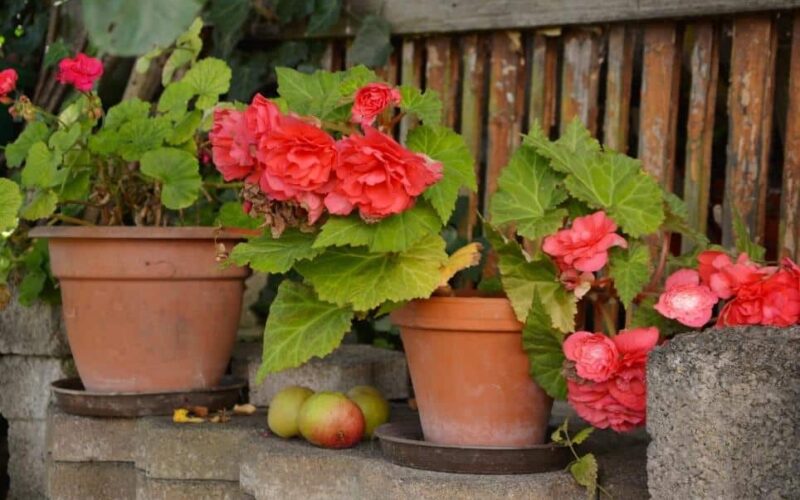
Hardly a day goes by without a colourful seed and plant catalogue dropping through the letterbox at this time of year. Even if you can’t go outside in February, you can browse through the catalogues and decide what you’re going to order. Summer flowering bulbs, corms and tubers such as gladioli, begonias and lilies can be ordered now, as can onion sets and seed potatoes. If you have any stored dahlia tubers, now is the time to check them for any signs of rot or disease.
Seeds
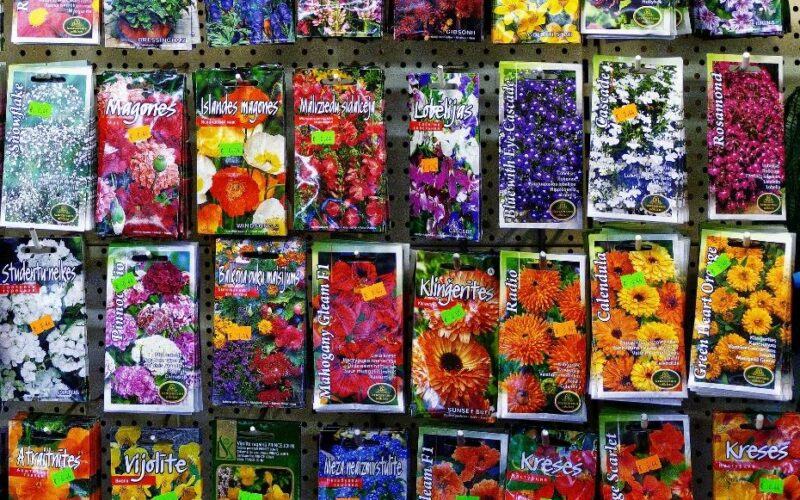
It’s very tempting, when you see all the colourful pictures in the seed catalogues, to order far too many packets of seeds. I should know. I probably have enough packets of seeds to last me a lifetime!
So it’s a good idea to make a list of what you want to grow and where you want to grow it before you sit down and write your seed order. The other problem is that, if you sow a lot of seeds indoors or in the greenhouse, you then have to find room for them after they’ve germinated and it’s time to prick them out. It pays to be organised and arrange your seeds in order of the dates when you will be sowing them. Then you will have a better idea of how much room you will need for everything.
There will probably be old favourites that you will want to try again, but it’s also nice to try something new – a new kind of tomato, for instance or a vegetable you haven’t tried before. In a video on “Ordering vegetable seeds” Alan Titchmarsh suggests inserting Post-It notes into the seed catalogue to mark varieties that have particular properties that you like, such as disease resistance or a long cropping period. If you’re not very confident about seed sowing, he also suggests buying seed tapes where the seeds are already evenly spaced and ready to be planted straight into the ground. And F1 hybrid seeds, although they are more expensive and you get fewer of them, will produce plants that, in general, are much more vigorous.
For more advice on seed sowing see the Gardenize article “Plan for Sowing Seeds this Season”
Other ways to prepare for the growing season
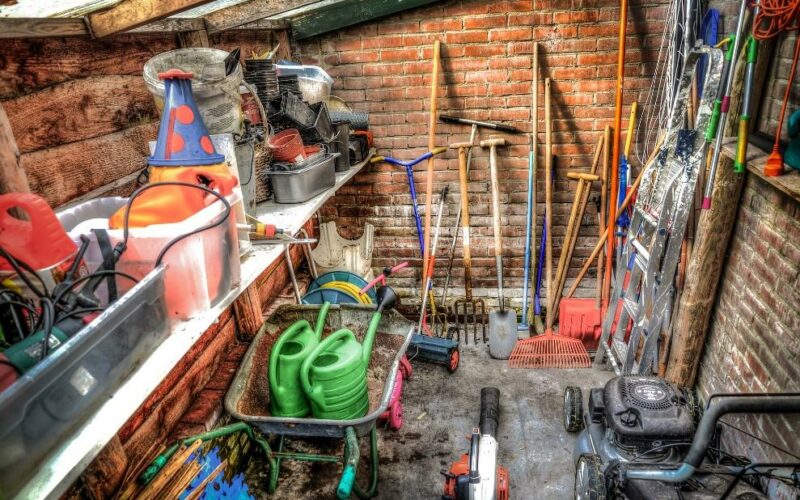
If you can face going outside, this is a good time to clear out your shed, get rid of any rubbish and clean your tools. Later in the season you will be too busy! Cutting tools, such as shears, loppers and secateurs can be cleaned, sharpened and oiled. Of course, it’s better to do this each time you use them, but it’s easy to forget and there are usually so many other things to do!
If you have a greenhouse, the glass or plastic should be washed down, if this wasn’t done in the Autumn, and bubble wrap hung up to protect plants against freezing weather that we often experience in February. The gutters should also be cleaned. Cloches and cold frames can be cleaned in a similar way
Pots and trays can also be cleaned and disinfected so that they are ready for when you need them.
Outside
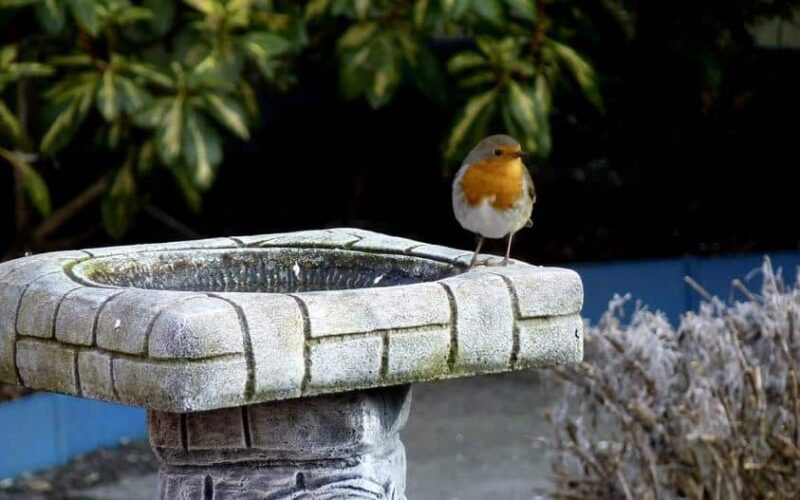
When you can get outside, there are various things that can be done at this time of year:
- Borders can be prepared by getting rid of perennial weeds and forking in lots of compost. Cover the soil with black plastic to keep it warmer and drier in preparation for Spring planting.
- If the ground isn’t frozen, seed beds can be covered with fleece or cloches.
- Winter prune apple trees and pear trees and cut down Autumn fruiting raspberries, if you haven’t done so already.
- Prune wisteria, winter-flowering jasmine (after it’s finished flowering) and winter-flowering shrubs such as mahonia and viburnum x bodnanentse
- Divide up snowdrops when they have finished flowering and replant.
Finally, don’t forget the birds!
When you’re planning your planting, you could think about including some berried plants in your garden, such as rowan, berberis or hawthorn for birds to feed on.
In Winter, according to the RSPB, birds require high-energy (high fat) foods in Winter to maintain their fat reserves in order to survive the frosty nights. And make sure that birds have a ready supply of water, especially in freezing weather.
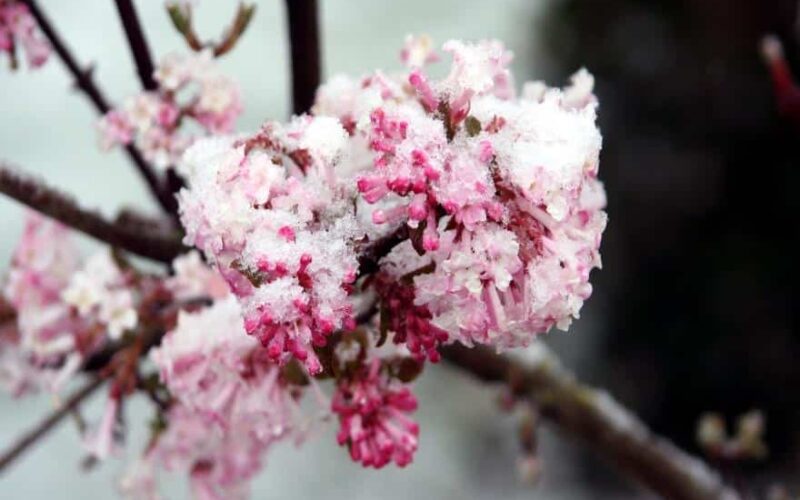
ABOUT THE AUTHOR
Caroline Bowman has been hooked on gardening ever since she grew some thyme from seed and planted it in a window box when she lived in a flat in London. Fifty years later she is still hooked on gardening, but now she lives in Lincolnshire in England where they have quite a big suburban garden as well as an allotment, where they grow fruit and vegetables. Caroline loves flowering plants, in particular, herbaceous perennials and she likes finding out about the more unusual varieties that will do well in the English climate and soil.

GARDENIZE GARDEN APP
A gardening friend with a green thumb and photographic memory
Gardenize is an app for gardening and cultivation that helps you to overview, understand and develop your garden and your gardening skills.
Order makes it easier to succeed and Gardenize structures information and photos and makes it searchable for you. You also get tips and inspiration from other Gardenizers around the world.
Gardenize is free to use and you can download Gardenize from the App Store or Google Play, or create an account the Gardenize web app for web browsers.
Get to know Gardenize better here.
More to read from Gardenize
Images published on the Gardenize website belong to Gardenize AB and may not be used without permission.



